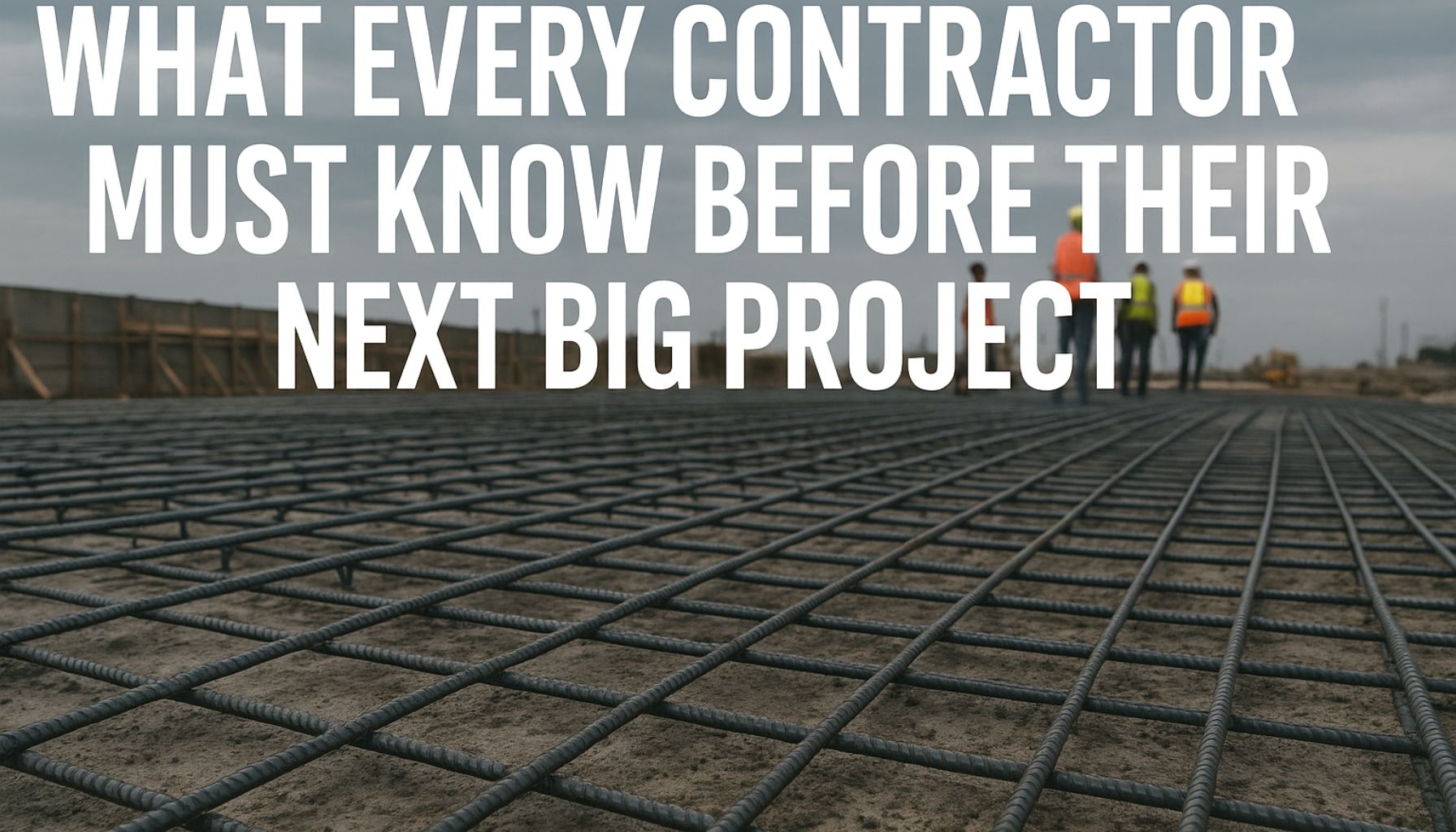

A half-finished slab. A missed pour window. A crew that stood idle waiting on material. If you’ve led even one big build, you’ve likely dealt with at least one of those. The issues don’t always show up on the drawing. They slip through between estimation, sourcing, and prep. That’s why some contractors seem luckier; they’ve built muscle memory for avoiding repeat mistakes. And that’s what we’re going to talk about about GI welded mesh.
Here are six things contractors must know before their next big project:
Delays rarely begin on-site. They show up much earlier, during takeoffs, while calculating steel needs, or while waiting on material clearances.
Contractors working on multi-phase projects now break down material supply zone-wise. It helps teams prep in blocks and frees up bandwidth for tasks like MEP routing or elevation checks.
On jobs with tight handover slots, you’ll often see mesh arrive tagged and bundled per pour cycle. That simple tweak adds breathing room downstream.
It’s the corrections no one tracks that eat margins. A few broken rods. A rebar layout missed by half a meter. Steel that arrives coated in rust from two nights of rain.
Most of these get patched quietly. But those small repairs stack up.
Choosing pre-galvanized mesh (especially for foundation-heavy work) cuts out many of these problems before they begin. You don’t need extra wire or on-site welds. You just place it in, and it holds.
Engineering drawings speak one language. On-ground teams speak another. Somewhere in between, many builds lose clarity.
We’ve seen that mesh works best when it’s cut and grouped by drawing code. Contractors who follow this flow reduce site confusion. When a slab or wall segment is ready, the matching bundle goes straight in. No searching. No reshaping.
That kind of alignment matters more when site access is narrow or the crew rotates daily.
Some jobs run in heat. Others near the sea. Or over soft soil where vibration never quite settles.
Speed becomes meaningless unless the materials are built to hold pace under those site conditions.
GI welded mesh brings flexibility here. Its resistance to moisture, paired with consistent form stability, makes it easier to use across weather zones. And because it stacks flat and doesn’t warp under stress, your storage space stretches further without compromise.
Big projects rarely pause because of material shortage alone. The real challenge is a mismatch, like wrong size, wrong zone, or wrong bundle at the wrong time.
We’ve seen that clients working on tunnels, culverts, or rail corridors benefit from one thing more than anything else: supply predictability.
When your steel partner understands phasing, you avoid unnecessary site holding, rescheduling, or forced improvisation.
The result? More room for actual construction.
Time gains don’t only mean faster work. They give site engineers more hours for supervision. They cut idle hours for MEP vendors waiting for handover.
Welded mesh, in many cases, helps make that happen. You reduce layout confusion, avoid tying errors and keep crews moving. That matters more on constrained city sites or high-traffic zones where access is limited.
It’s not about racing, but just keeping pace with the plan you committed to.
Contractors win when their choices simplify the job for the team. GI welded mesh does exactly that. Not just because it’s lighter or easier to lay, but because it removes several headaches before they show up.
The team at SK Welded mesh has helped project teams across railways, water tanks, bridges, and elevated foundations build faster, with fewer callbacks and less stress on the crew. Our mesh is sized, welded, and shipped with the same speed your project demands.
If your next job needs smoother prep, faster pour days, and fewer last-minute scrambles, that process might begin at the steel yard. Get in touch with us and let’s talk.